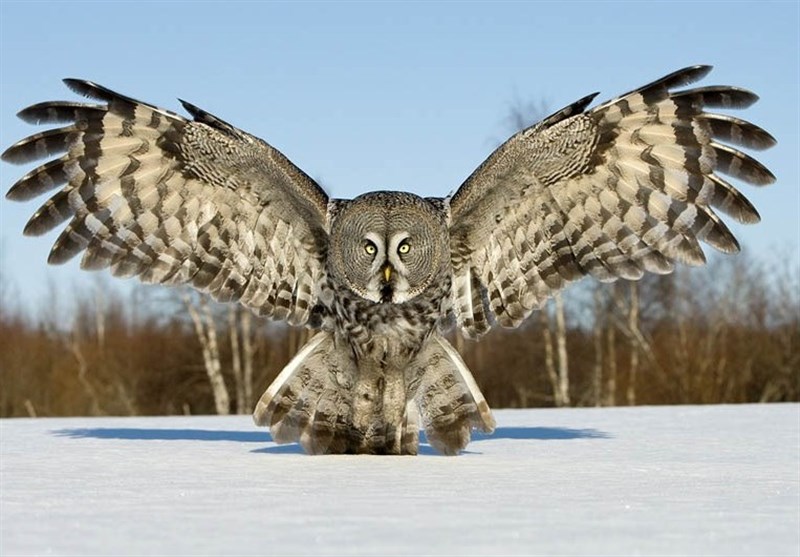Owls' Wings Key to Beating Wind Turbine Noise
TEHRAN (Tasnim) - A new study has revealed how inspiration from owls’ wings could allow aircraft and wind turbines to become quieter.
Researchers from Japan and China studied the serrations in the leading edge of owls’ wings, gaining new insight into how they work to make the birds’ flight silent.
Their results, published in the journal Bioinspiration and Biomimetics, point towards potential mechanisms for noise suppression in wind turbines, aircraft, multi-rotor drones and other machines.
Lead author Professor Hao Liu, from Chiba University, Japan, said, “Owls are known for silent flight, owing to their unique wing features, which are normally characterized by leading-edge serrations, trailing-edge fringes and velvet-like surfaces.”
“We wanted to understand how these features affect aerodynamic force production and noise reduction, and whether they could be applied elsewhere,” he added.
The researchers analyzed owl-inspired feather wing models with and without leading edge serrations, by combining large-eddy simulations – a mathematical model for turbulence used in computational fluid dynamics to simulate air flows – and Particle-Image Velocimetry (PIV) and force measurements in a low-speed wind tunnel.
“We found, however, that a trade-off exists between force production and sound suppression. Serrated leading-edges reduce aerodynamic performance at lower AoAs than 15° compared to clean leading-edges, but can achieve noise reduction and aerodynamic performance at AoAs above 15°, which owl wings often reach in flight,” Professor Liu said.
“These owl-inspired leading edge serrations, if applied to wind turbine blades, aircraft wings or drone rotors, could provide a useful biomimetic design for flow control and noise reduction,” he added.
“At a time when issues of noise are one of the main barriers to the building of wind turbines, for example, a method for reducing the noise they generate is most welcome,” the researcher said.





